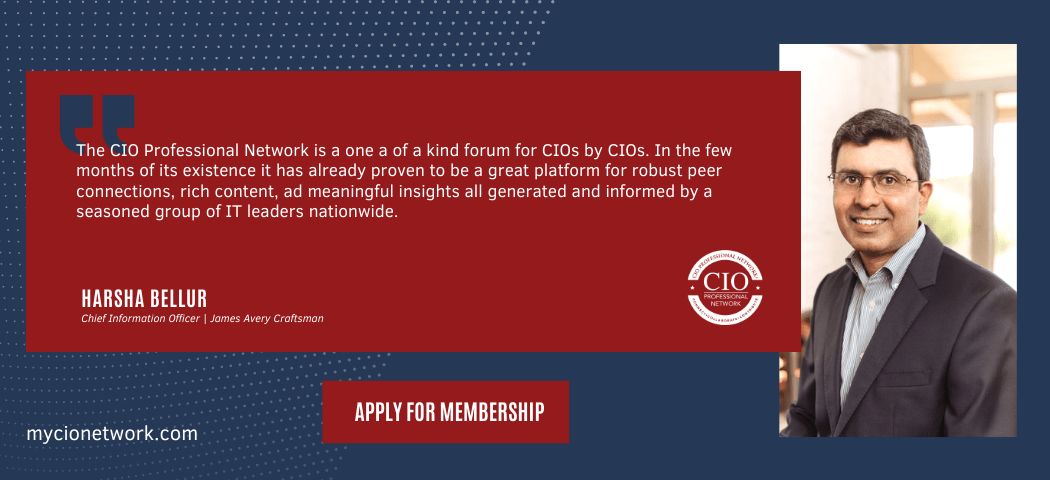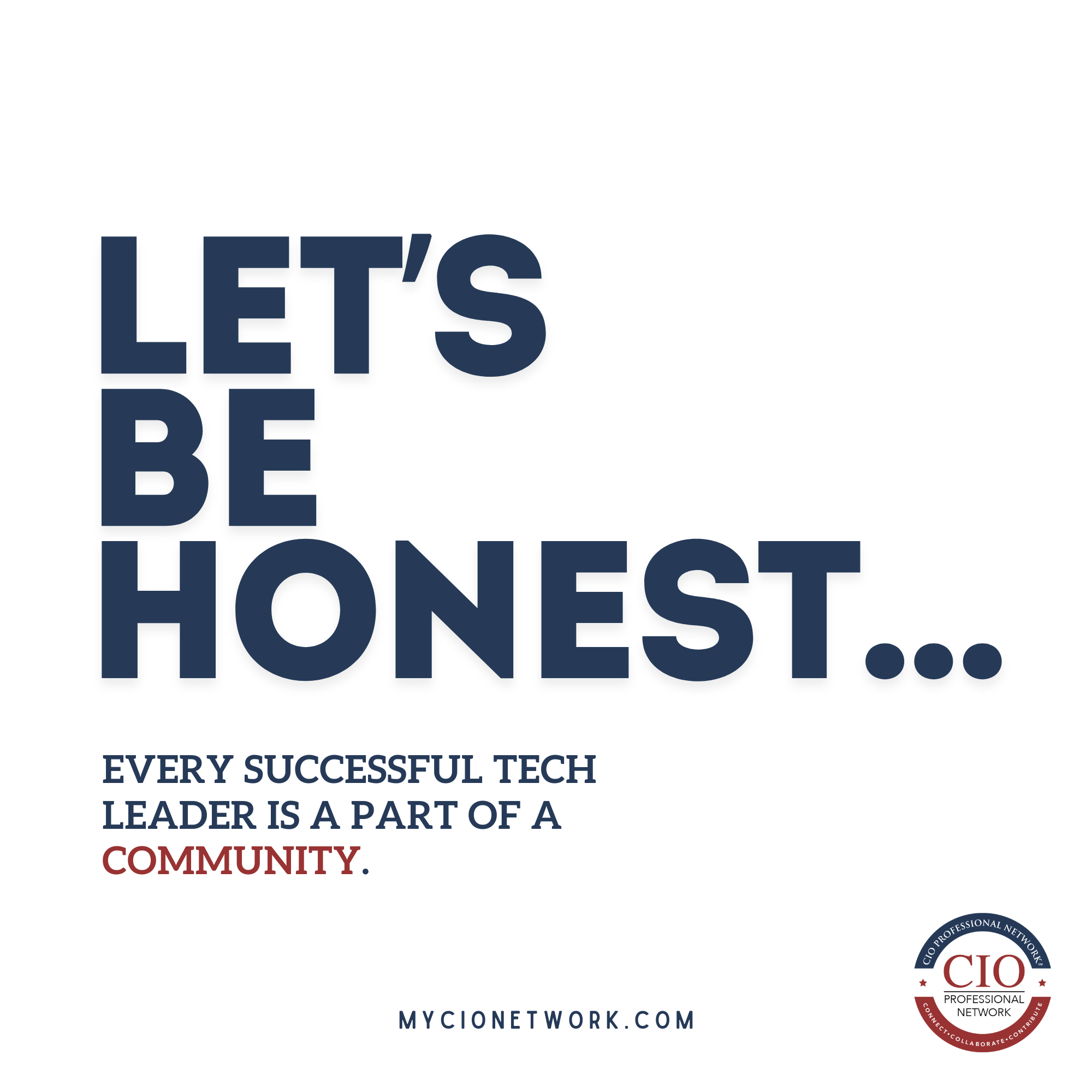IT has been stuck in a “wait for something to break, fix it fast, and move on to the next ticket” loop for decades. This model worked when business moved slowly, technology was more predictable, and digital transformation wasn’t the name of the game.
Now, this model is a liability, not just for IT but for the enterprise at large.
The reactive IT support model no longer can support the complexity of modern organizations, especially in an era defined by hybrid work, rapid digitization, soaring user expectations, and the addition of AI in the workplace. When systems falter or devices fail (or even just underperform), productivity falters, employee sentiment drops, and innovation stalls.
Fortunately, there’s a better way forward and it starts by rethinking IT’s purpose.
From Maintenance Mode to Momentum
Today’s CIOs are business drivers who must adopt a strategic mindset so they can orchestrate rapid tech changes across the organization.
And increasingly, they’re measured by outcomes such as speed, experience, and adaptability, not just uptime or cost control.
While the refrain that IT no longer is just a cost center has been around for more than a decade, the practical reality of that statement is proven itself. CIOs who can pick up this mantle for their business are the ones who will stand out.
Yet too many IT teams are still operating in maintenance mode.
According to Lakeside Software’s The Future of IT Awaits: Your Guide to a Proactive IT Practice, most support teams rely on fragmented tooling and lagging indicators of the overall health of the digital estate. The result is a never-ending cycle of fire drills and guesswork.
To shift from reactive to proactive, visibility is a foundational IT requirement.
This change in mindset is as important for building IT resilience and agility as it is for the real-time digital experiences of every end user, from employees to customers who interact directly with consumer-facing devices such as self-service kiosks.
Endpoints as a Strategic Asset
The richest source of IT intelligence isn’t buried deep within a metrics dashboard. It’s sitting on your users’ desks, laps, and in their digital carts (e.g., mobile carts in healthcare settings).
Endpoints, such as laptops, Virtual Desktop Infrastructure (VDI) machines, mobile devices, are more than just access points.
They’re experience monitors.
Each interaction reveals how well technology is supporting productivity, collaboration, and mission-critical tasks. Indeed, they are inextricable from business uptime and end-user productivity.
Modern digital employee experience (DEX) platforms harness that data. By continuously gathering telemetry data from endpoints every few seconds, these tools create a living map of digital performance. They detect slowdowns, forecast failures, and even resolve issues automatically, often before users submit a ticket.
This opportunity to uncover hidden issues across the IT estate is evidence of a shift from troubleshooting to foresight.
And it’s changing how forward-thinking CIOs design their IT support strategies.
Less Guesswork Means More Impact
The implications of proactive visibility are enormous, as indicated by some successful case studies. They allow IT teams to:
- Detect and resolve issues earlier, reducing help desk tickets by up to 35%
- Reclaim underused resources, generating savings of $866K annually in one modelled enterprise
- Improve productivity at scale, recovering nearly 45 minutes of work per user, per week
These are bottom-line shifts that ripple across the business.
Perhaps most importantly, they free up IT talent to focus on driving strategic initiatives.
Proactive IT as the Next CIO Mandate
In the fast-emerging proactive IT business model, digital employee experience is a business performance indicator rather than a support metric.
When technology runs smoothly, employees engage more deeply, customers receive faster service, and innovation moves faster. That’s why leading CIOs are embracing this mindset shift and anchoring their strategies around experience-first IT.
IT becomes less about systems availability and more about enabling outcomes. Less about what’s broken, more about what’s possible.
“And in a time when digital is the primary interface for work, communication, and collaboration, experience is everything.“
Letting Go of the Legacy Model
The end of IT as we know it isn’t a risk; instead, an exciting invitation to retire outdated assumptions about support and old-school ways of operating. To equip teams with real-time data, intelligent automation, and user-centric insights. To move from responding to needs to anticipating them.
The role of IT is no longer to stay behind the scenes. It’s to set the stage. The future is proactive.
About Lakeside Software
Lakeside Software is ushering in a new era of proactive IT with SysTrack, the industry’s most powerful AI-driven Digital Employee Experience (DEX) platform. Trusted by Fortune 500 companies worldwide, Lakeside SysTrack dramatically reduces IT costs, prevents system failures before they occur, and drives strategic decision-making through unparalleled visibility.







